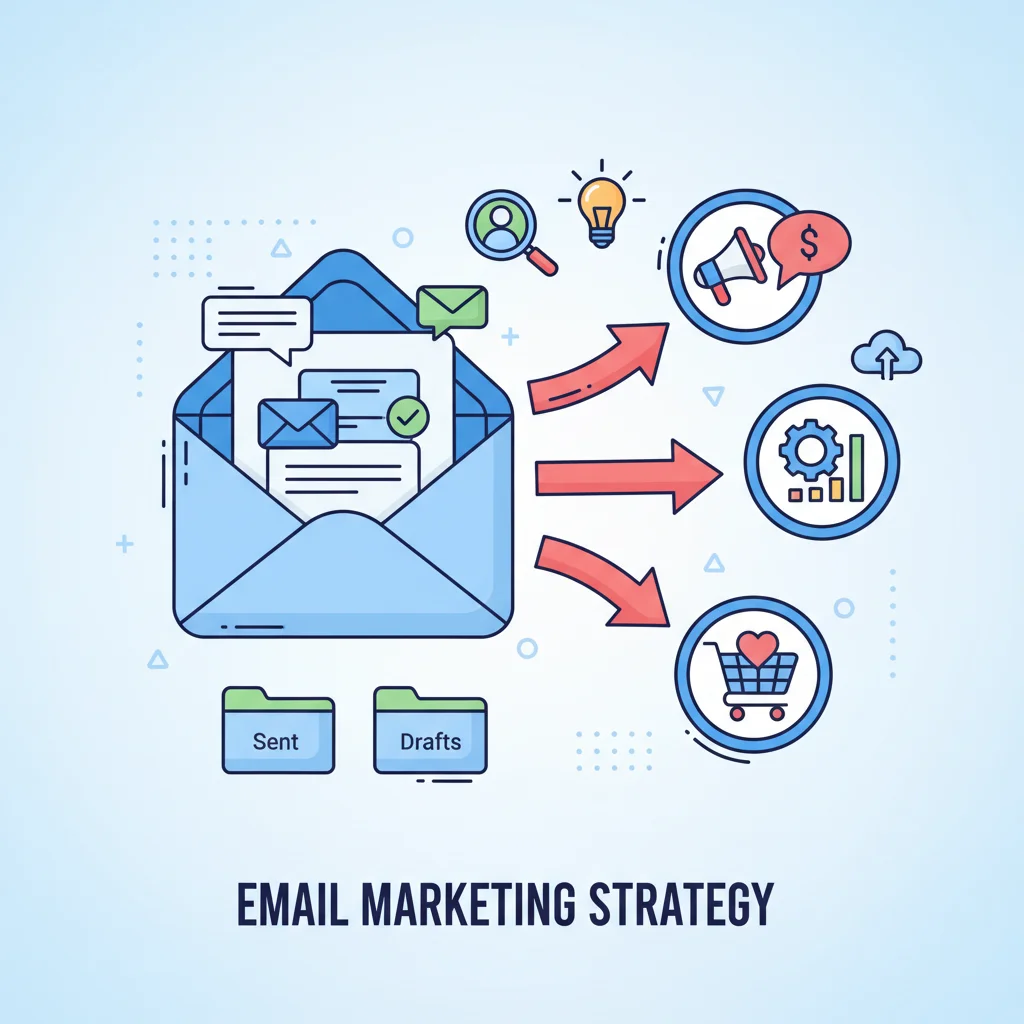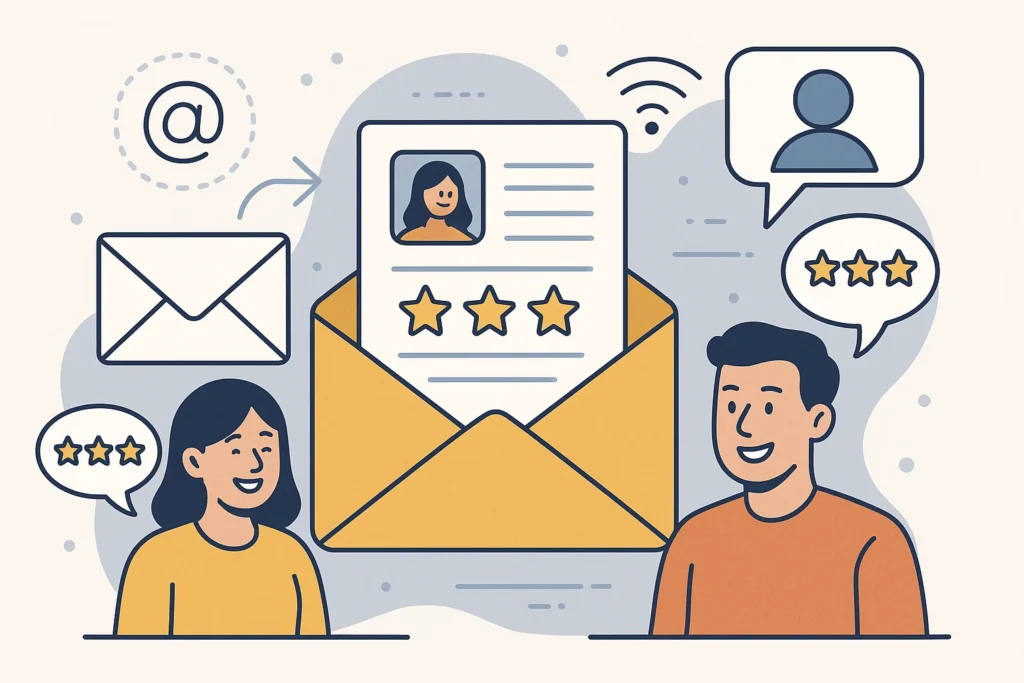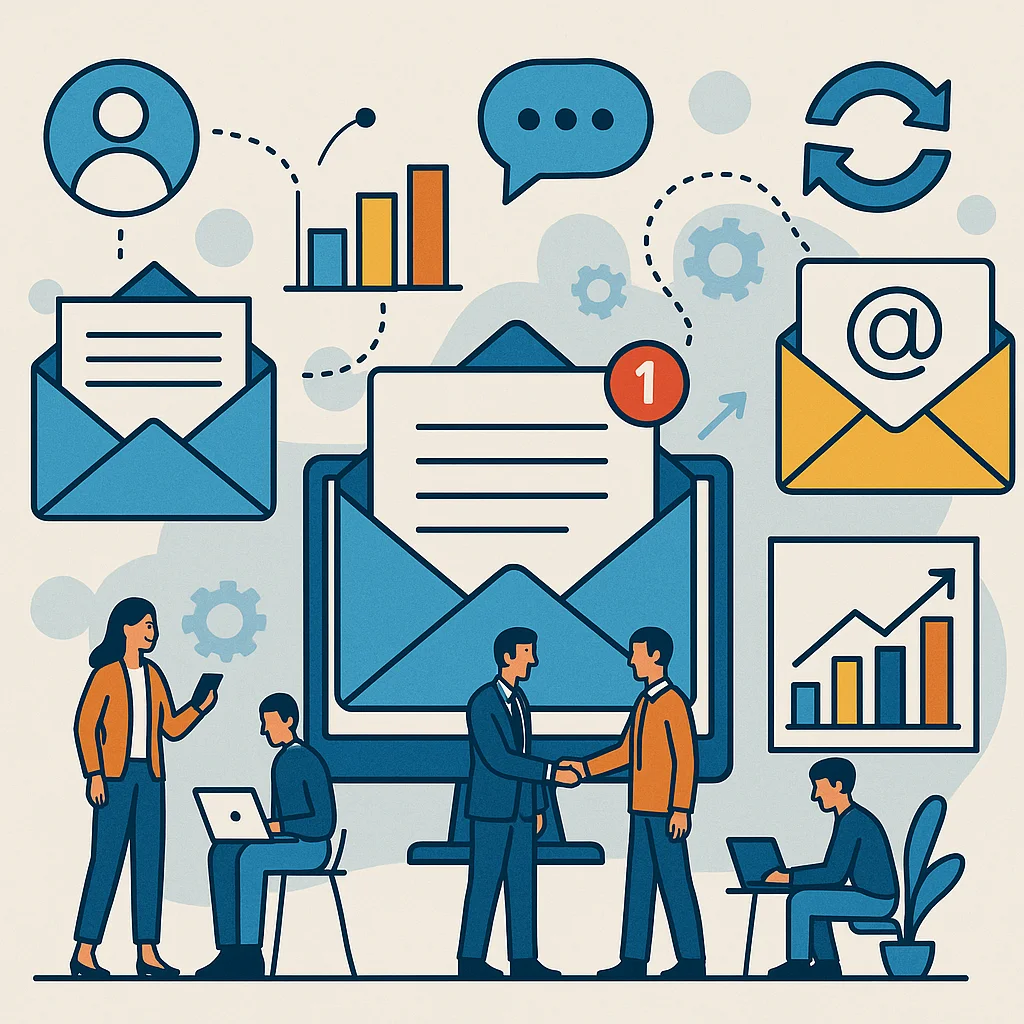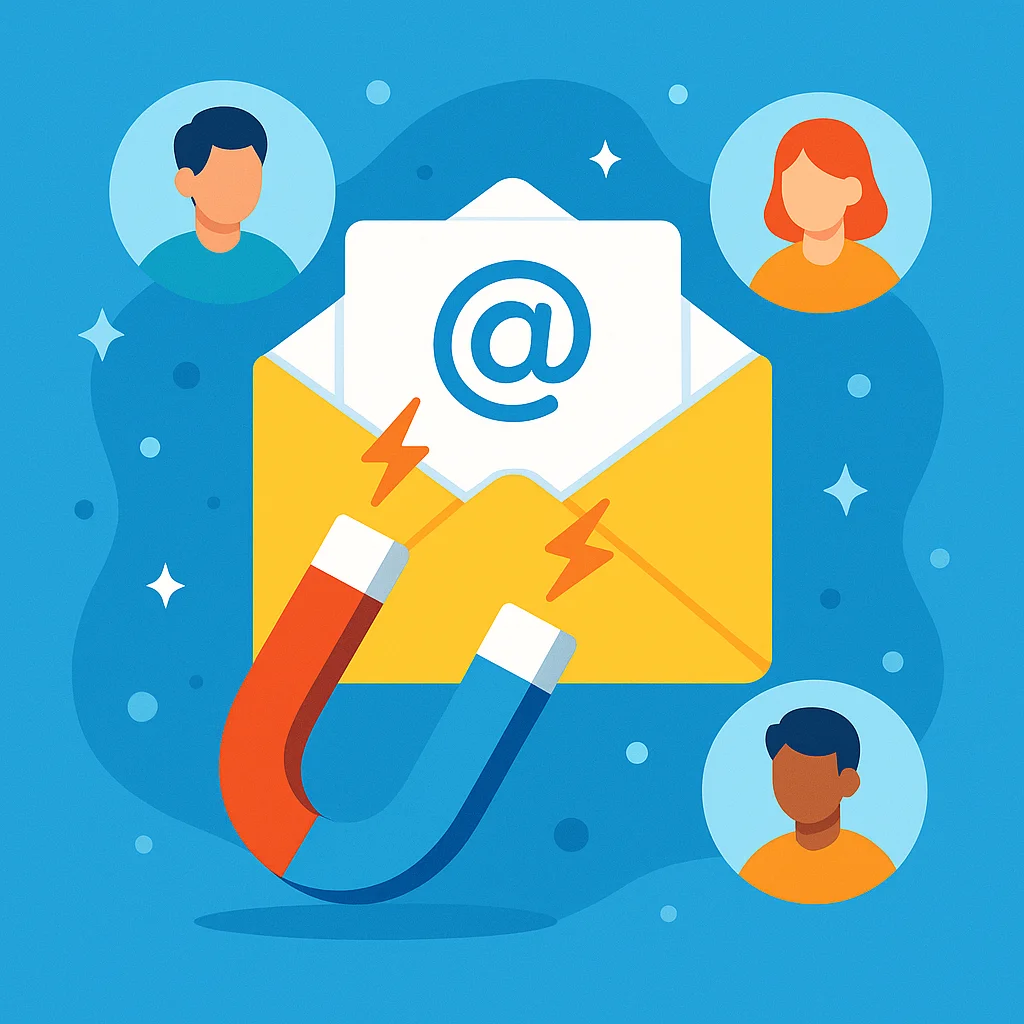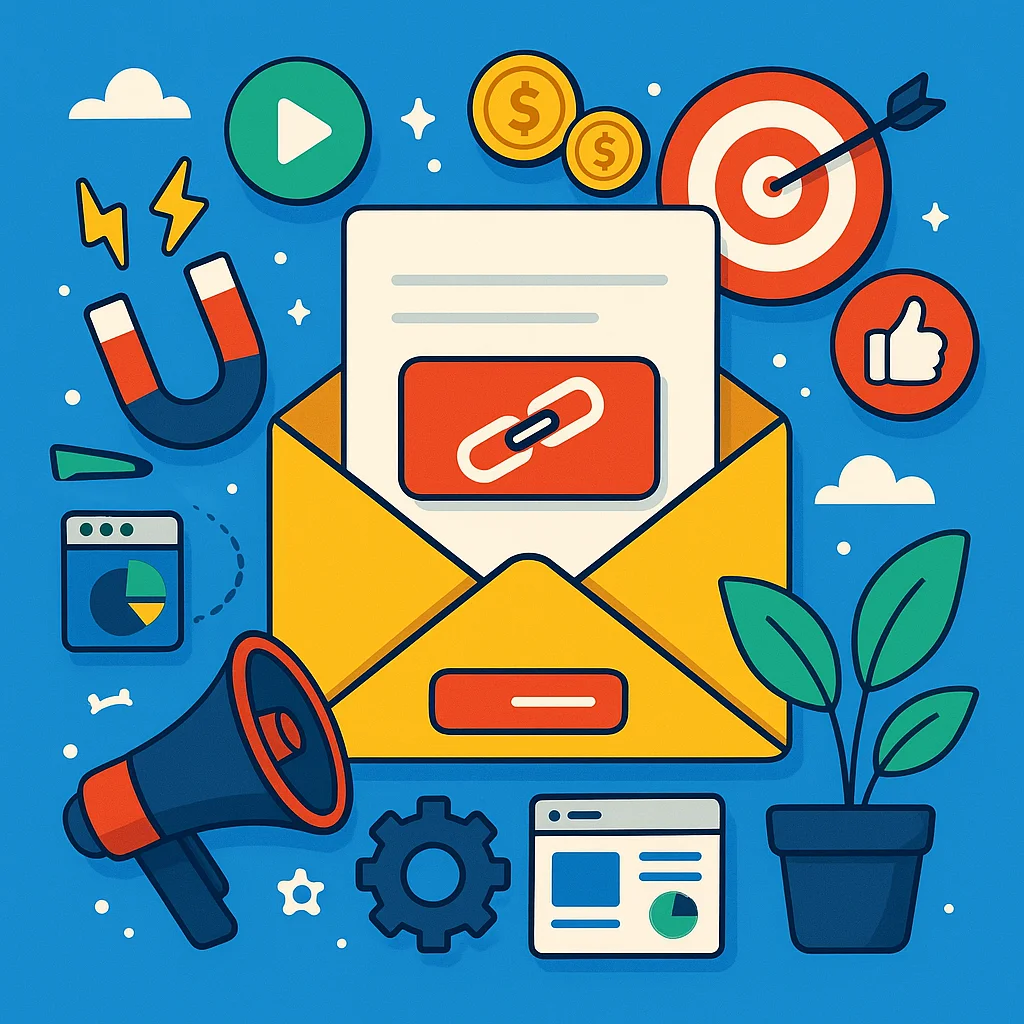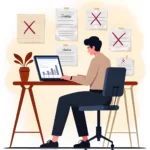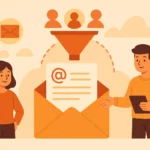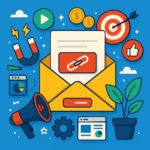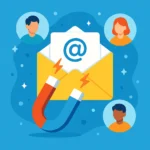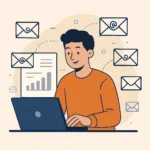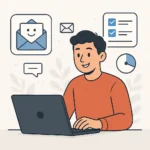Now Reading: Email Marketing Segmentation Best Practices That Boost Opens
-
01
Email Marketing Segmentation Best Practices That Boost Opens
Email Marketing Segmentation Best Practices That Boost Opens
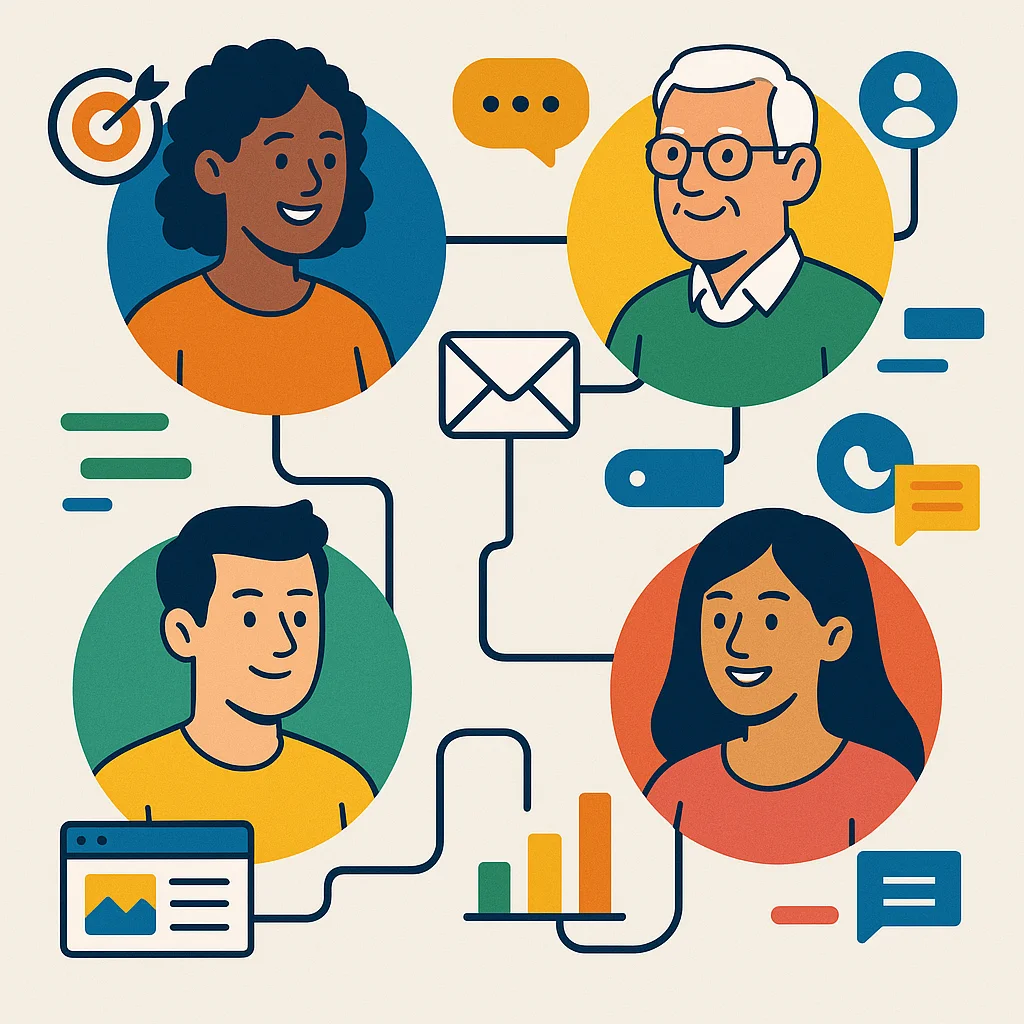
Sending the same generic email to your entire list is like throwing spaghetti at the wall and hoping something sticks. It doesn’t work. Your open rates are probably flatlining, your click-through rates are embarrassing, and you’re wondering why your email marketing feels like shouting into the void. Here’s the thing – email marketing segmentation best practices can transform your campaigns from ignored noise into irresistible, personalized messages that actually get results.
Key Takeaways
What are the best practices for email marketing segmentation? The most effective email marketing segmentation best practices include starting with demographic data, using behavioral triggers, implementing progressive profiling, personalizing content for each segment, and regularly updating your segmentation criteria based on performance data.
- Start with basic demographic segmentation – age, location, gender, and job title provide immediate targeting opportunities
- Layer in behavioral data – track purchase history, email engagement, and website activity for deeper insights
- Use progressive profiling – collect subscriber information gradually over time instead of overwhelming them upfront
- Create targeted content – tailor messages, offers, and timing to each segment’s specific needs and preferences
- Test and refine regularly – monitor performance metrics and adjust segments based on what’s actually working
- Implement lifecycle segmentation – treat new subscribers, loyal customers, and inactive users differently
- Leverage automation tools – use email platforms that make segmentation easy and scalable
Starting With Demographics And Progressive Profiling
Demographics give you immediate segmentation opportunities without requiring complex tracking systems. When someone signs up for your list, you can ask for basic information that helps you categorize them right away.
Here’s a simple signup form approach:
Subject: Welcome to [Brand Name]!
Hi [First Name],
Thanks for joining our community! To make sure you get the most relevant content, could you help us out with a quick question?
What best describes you?
[ ] New parent
[ ] Fitness enthusiast
[ ] Busy professional
[ ] Student
This helps us send you stuff you'll actually want to read.
Thanks!
[Your Name]Progressive profiling is a game-changer for gathering more detailed information without scaring people away. Instead of hitting new subscribers with a 20-question survey, you ask one or two questions over time.
For example, your welcome series might look like this:
Email 1: Welcome + ask for primary interest
Email 2: Share valuable content + ask about preferred email frequency
Email 3: Provide helpful tips + ask about budget range
This approach feels natural and helps you build detailed customer profiles gradually. People are more willing to share information when they’ve already experienced value from your emails.
You can also use email content to gather segmentation data. Include clickable buttons that automatically tag subscribers based on their interests:
Subject: What type of content interests you most?
Hi [First Name],
I want to make sure you're getting exactly what you need from these emails. What would be most helpful for you right now?
[Growing Your Business] [Improving Your Health] [Learning New Skills]
Just click the button that interests you most, and I'll tailor future emails accordingly.
Best,
[Your Name]Useful Articles:
Behavioral Segmentation Strategies That Drive Results
Behavioral data tells you what people actually do, not just what they say they want. This makes it incredibly powerful for creating segments that convert.
Purchase history segmentation helps you identify patterns and preferences. You can segment by:
- Frequency of purchases (one-time buyers vs. repeat customers)
- Purchase value (budget-conscious vs. premium buyers)
- Product categories (what types of items they prefer)
- Seasonal buying patterns
Email engagement segmentation divides your list based on how people interact with your emails:
- Highly engaged (opens most emails, clicks regularly)
- Moderately engaged (opens occasionally, clicks sometimes)
- Low engagement (rarely opens, almost never clicks)
- Inactive (hasn’t engaged in months)
Here’s how you might approach a re-engagement campaign for inactive subscribers:
Subject: We miss you (and we have a peace offering)
Hi [First Name],
I noticed you haven't opened our emails in a while. Did we do something wrong?
Maybe our content isn't hitting the mark for you anymore. If that's the case, I'd love to make it right.
Here's what I can do:
- Send you different types of content
- Email you less frequently
- Give you a 25% discount to say sorry
What sounds good? Just reply and let me know.
If you'd rather not hear from us anymore, I totally understand. You can unsubscribe below.
[Your Name]Website behavior segmentation tracks what people do on your site:
- Pages visited
- Time spent browsing
- Products viewed but not purchased
- Cart abandonment behavior
Cart abandonment segmentation deserves special attention because these people showed clear purchase intent. Your abandoned cart emails should feel helpful, not pushy:
Subject: Forget something?
Hi [First Name],
You left some great items in your cart:
- [Product Name] - $[Price]
- [Product Name] - $[Price]
No pressure, but I wanted to make sure you didn't miss out. These items are pretty popular and sometimes sell out quickly.
[Complete Your Order]
Questions about anything? Just reply to this email.
[Your Name]
P.S. If you're having second thoughts, I'd love to know why. Your feedback helps us improve.Lifecycle Stage Segmentation For Maximum Impact
Different stages of the customer journey require completely different approaches. A brand-new subscriber needs education and trust-building, while a loyal customer wants exclusive perks and advanced tips.
New subscriber segmentation focuses on onboarding and first impressions. Your welcome series should introduce your brand, set expectations, and provide immediate value:
Subject: Here's what happens next
Hi [First Name],
Welcome aboard! You just joined [number] other smart people who get our weekly insights.
Here's what you can expect:
- Actionable tips every Tuesday
- Exclusive deals (subscribers get first dibs)
- No spam, ever (I hate it as much as you do)
Your first tip is coming Thursday. It's about [specific topic] and takes about 2 minutes to implement.
Excited to have you here!
[Your Name]Active customer segmentation targets people who’ve made recent purchases. These folks are primed for:
- Product education and tips
- Complementary product recommendations
- Loyalty program invitations
- Referral opportunities
VIP customer segmentation identifies your highest-value customers for special treatment:
Subject: VIP early access (just for you)
Hi [First Name],
You're one of our best customers, so you get first dibs on our new collection.
[Shop Early Access - 24 Hours Only]
Regular customers will see this tomorrow, but I wanted to give you a head start.
Plus, use code VIP20 for an extra 20% off (don't tell anyone else).
Happy shopping!
[Your Name]Win-back segmentation targets customers who haven’t purchased in a while:
Subject: What would bring you back?
Hi [First Name],
I noticed it's been a while since your last order. Maybe we messed up, or maybe your needs have changed.
Either way, I'd love to win you back.
Here's a 30% off coupon: COMEBACK30
But more importantly – what would make you want to shop with us again? Hit reply and let me know. I read every response.
[Your Name]Useful Articles:
Content Personalization And Dynamic Segmentation
Creating different content for each segment is where the magic really happens. Generic emails feel like spam, but personalized content feels like a conversation with a friend.
Industry-specific segmentation works particularly well for B2B companies. A software tool might segment by:
- Company size (startup vs. enterprise)
- Industry (healthcare vs. retail vs. finance)
- Job role (CEO vs. marketing manager vs. developer)
Interest-based segmentation helps you deliver content that people actually want to read. If someone clicks on all your fitness articles but ignores your nutrition content, tag them as “fitness-focused” and send more workout tips.
Device segmentation might seem minor, but it affects user experience. Mobile users prefer shorter emails with clear calls-to-action, while desktop users can handle longer, more detailed content.
Seasonal segmentation helps you time your campaigns perfectly. Track when different segments are most likely to engage and purchase throughout the year.
Here’s an example of seasonal segmentation in action:
Subject: Your spring cleaning checklist
Hi [First Name],
Spring's here! Time to freshen up your [relevant area based on past purchases].
Based on what you bought last year, here's your personalized spring checklist:
✓ [Specific item 1]
✓ [Specific item 2]
✓ [Specific item 3]
Get everything on your list with code SPRING15 (15% off through Sunday).
[Shop Your Checklist]
[Your Name]Creating Segment-Specific Content That Converts
Subject line optimization for different segments can dramatically improve open rates. Your VIP customers might respond to “Exclusive preview inside” while budget-conscious segments prefer “Save 50% today only.”
Email frequency should match segment preferences. Highly engaged subscribers might want daily emails, while others prefer weekly or monthly updates.
Content depth varies by segment. New subscribers need basic information and education, while experienced customers want advanced tips and insider knowledge.
Call-to-action optimization means different segments need different next steps. New leads might get “Learn more” buttons while ready-to-buy customers see “Shop now” or “Buy today.”
Here’s how you might approach the same promotion for different segments:
For new subscribers:
Subject: New here? Start with this
Hi [First Name],
Since you're new to [Brand Name], I wanted to share our most popular product with you.
[Product Name] is perfect for beginners because [specific reason].
Here's what makes it special:
- [Benefit 1]
- [Benefit 2]
- [Benefit 3]
Ready to try it? Use code WELCOME20 for 20% off your first order.
[Learn More About [Product]]
[Your Name]For loyal customers:
Subject: Your favorite just got better
Hi [First Name],
You've bought [Product Name] three times, so you know how great it is.
Well, we just made it even better. The new version includes [specific improvement] based on feedback from customers like you.
Want to be among the first to try it? Here's 25% off: LOYAL25
[Upgrade Now]
[Your Name]Implementing email marketing segmentation best practices transforms your campaigns from generic broadcasts into personalized conversations that drive real results. Start with basic demographic segments, layer in behavioral data over time, and always focus on providing value to each specific group. Your subscribers will thank you with higher engagement, and your bottom line will thank you with increased revenue.


